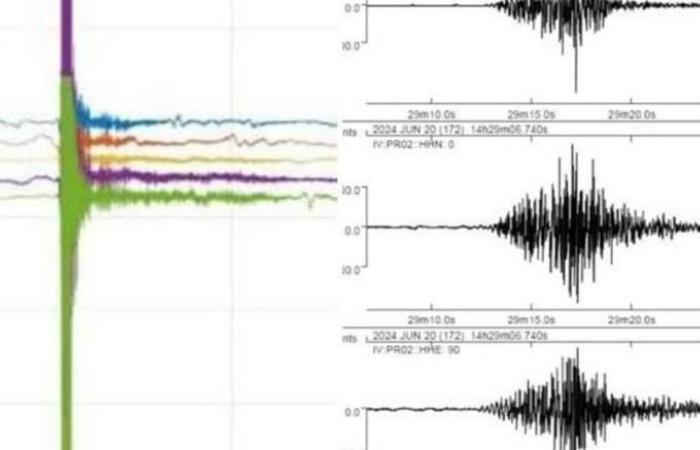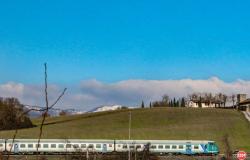A roar lasting several seconds was heard on the Island of Elba and throughout the Tuscan coast. What really happened at 4.29pm on June 20th? The Tuscan Geophysical Institute, which is part of the Parsec Foundation, and the Department of Earth Sciences of the University of Florence have examined the various possible interpretations on the basis of the data recorded by the instruments and concluded for the moment that the most plausible interpretation remains that of the fireball that entered the atmosphere. In the coming weeks, the data acquired will be examined in depth to confirm or deny the interpretation and outline further characteristics of the phenomenon.
The possible explanation comes from one of the most authoritative sources on the subject, the Tuscan Geophysical Institute-Fondazione Parsec, which cross-referenced the data with those of the INGV and the University of Florence: “At 4.29pm – we read in the report with the data collected by Dr. Andrea Fiaschi – the seismo-acoustic station installed at the Seccheto sports field (Campo nell’Elba) recorded a very strong acoustic seismic signal”, a lot of energy released into the atmosphere coming south of the Island of Montecristo. “The apparent speed is approximately stable at 400 meters per second for the entire duration of the signal, and then decreases, indicating a movement away from the source.”
To be clear, the recorded signal has an amplitude ten times greater than the events recorded previously, so much so as to saturate the infrasonic sensors and produce a seismic signal recorded both on Elba and on the stations of the INGV national network up to the Valle d’Aosta. ‘Aosta.
Translated: it was probably a fireball, to be clear, a small asteroid that entered the Earth’s atmosphere and disintegrated. Probably completely, but even if there had been some fragments they would have fallen into the sea.
The earthquake hypothesis was denied, as the INGV seismographs would have detected it, and also that of the sonic boom, with the President of the Region Eugenio Giani reporting Air Force sources.
“In relation to the reports of an ‘earthquake’ that occurred in Tuscany at 5.40pm – explains the INGV – from the recordings of the seismic station of Cais (Capraia island) the signal is evident but it is not a seismic signal, therefore not It’s an earthquake.” The INGV explains that “at the moment the most probable hypothesis is that it is an event originating in the air”.






